Introduction: In this article, Melissa Davenport Berry continues her series on Mayflower descendants, focusing on the Little family, especially Edward Preble Little. Melissa is a genealogist who has a website, americana-archives.com, and a Facebook group, New England Family Genealogy and History.
Today I continue with my series “Mayflower Descendants: Who’s Who,” covering the families of Marshfield, Massachusetts, settlers who married into Mayflower lines.
Today’s story features some of the men and women on the monument shown below, dedicated to the early settlers of Green Harbor, Marshfield, Massachusetts, at the Winslow Cemetery in Marshfield. Notables include Thomas Little (1610-1672) and his wife Anna, daughter of Mayflower passenger Richard Warren and his wife Elizabeth (Walker) Warren (she came to Plymouth Colony in 1623 with their five daughters, including Anna).
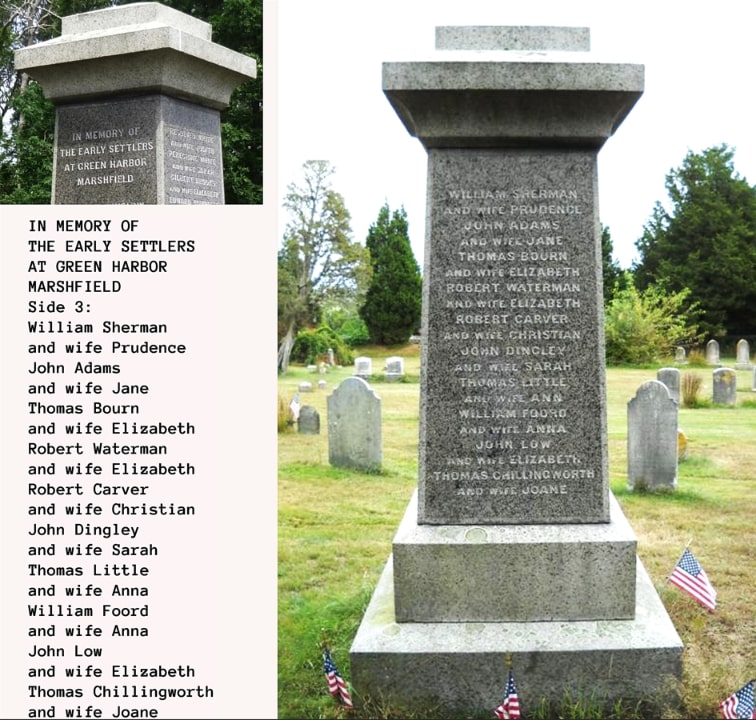
To recap: My last two parts focused on the families of Elisha James Sherman (1813-1849) and Sarah Gifford Little (1819-1925), who married 9 December 1841 in Pembroke, Massachusetts. You can view their full lineage in the links at the end of this article.
Elisha was the son of Aaron and Lydia (Mitchel) Sherman, and a descendant of Mayflower passengers Myles Standish, John Alden, Priscilla Mullins, and Edward Doty. His ancestors include William Sherman, Thomas Bourn, and Thomas Chillingsworth.
Sarah Gifford Little was one of the seven children born to Edward Preble and Edy (Rogers) Little of Marshfield, and descends from Mayflower passengers Richard Warren, Elizabeth Walker, John Alden, Priscilla Mullins, and Edward Doty.
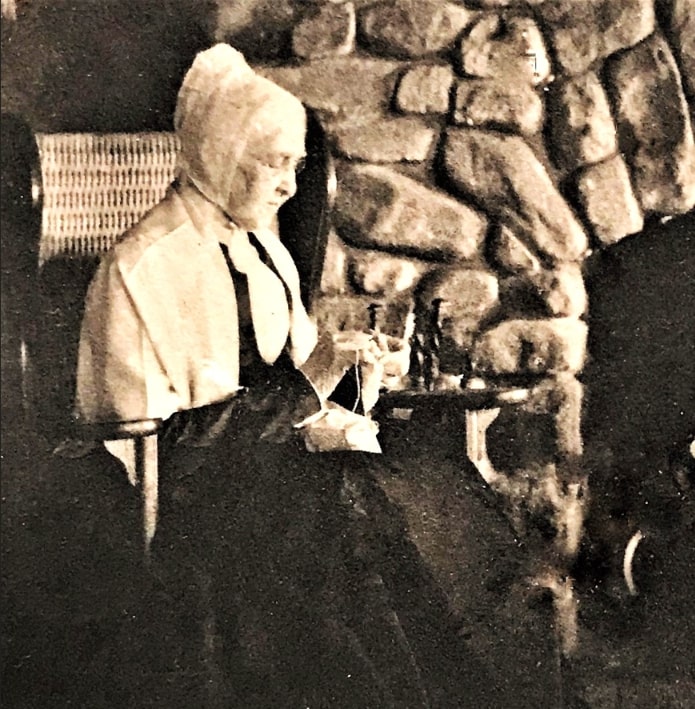
She also descends from Marshfield settler Thomas Little, the one who married Anna Warren.
After Mr. Sherman’s death Sarah married 2nd Howard Yarnall, son of Enoch and Hannah (Howard) Yarnall, on 14 July 1853.
In Part 3 I introduced Sarah’s father, Quaker Edward Preble Little (1791-1875), a U.S. Congressman, elected to represent Massachusetts’ 2nd District in the United States House of Representatives. He also served as a Member of the Massachusetts State House of Representatives and was the Collector of Customs for Plymouth.
Edward was not a member of the Society of Friends, or Quakers, until he married his wife Edy Rogers, daughter of Joseph and Elizabeth (Allen) Rogers. In his later years he was a staunch abolitionist.
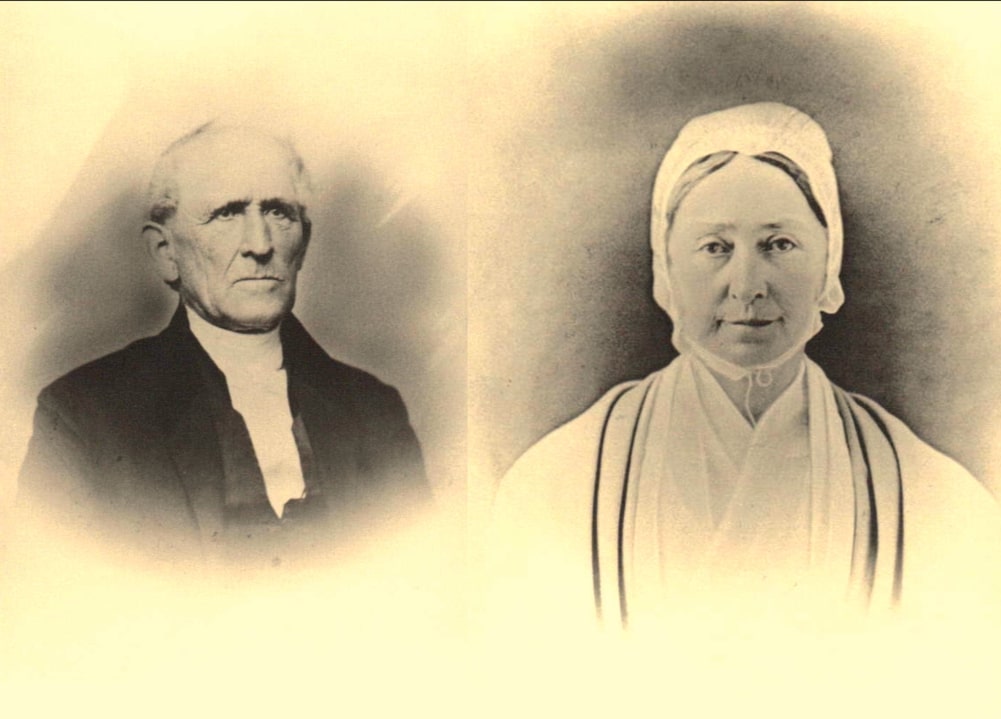
Edward Preble Little was named after Revolutionary War naval hero Edward Preble. Little Edward’s early sea adventures with his father Commodore George Little (1754-1809), the son of Lemuel and Penelope (Eames) Little, made him into an exceptional character.
Commodore Little had received his post as captain of the frigate Boston from President John Adams, who encouraged him to employ his son Edward aboard the ship when he was nine years old in 1800, starting him very young to give him a head start and some experience.
The frigate Boston was a seaworthy three-masted, 32-gun frigate, authorized by the Naval Act of 1798 and built by Edmond Hartt of Boston. She was first commissioned in 1799 under the command of Commodore George Little.
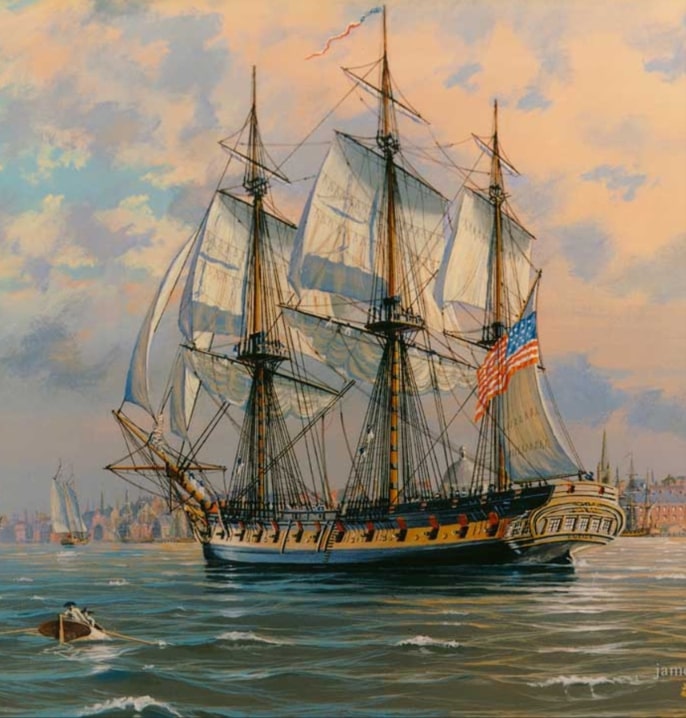
A letter housed at the National Archives, dated 16 April 1799 from Benjamin Stoddert, the first United States Secretary of the Navy, to President John Adams, reveals how Commodore Little received his commission.
Stoddert writes:
“I have the honor to enclose a letter from J. C. [John Coffin] Jones, chairman of the committee for building a ship at Boston, recommending Capt. George Little for the command of that ship [USS Boston].”
Edward’s time on his father’s frigate Boston proved exciting, and was reported in the newspaper many years later when he was elected to the U.S. House of Representatives.
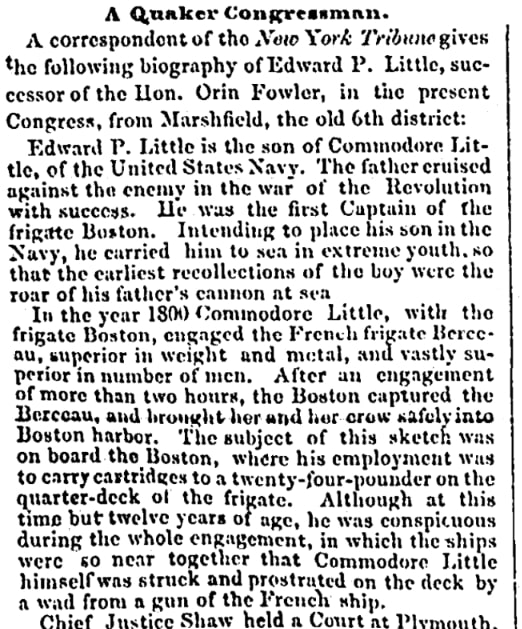
This article reports:
Edward P. Little is the son of Commodore Little, of the United States Navy. The father cruised against the enemy in the war of the Revolution with success. He was the first captain of the frigate Boston. Intending to place his son in the Navy, he carried him to sea in extreme youth, so that the earliest recollections of the boy were the roar of his father’s cannon at sea.
In the year 1800 Commodore Little, with the frigate Boston, engaged the French frigate Berceau, superior in weight and metal, and vastly superior in number of men. After an engagement of more than two hours, the Boston captured the Berceau, and brought her and her crew safely into Boston Harbor.
The subject of this sketch [Edward Preble Little] was on board the Boston, where his employment was to carry cartridges to a twenty-four-pounder on the quarter-deck of the frigate. Although at this time but [nine] years of age, he was conspicuous during the whole engagement, in which the ships were so near together that Commodore Little himself was struck and prostrated on the deck by a wad from a gun of the French ship.
Chief Justice [Lemuel] Shaw held a court at Plymouth, Mass., in May 1819, when the second jury came in, having elected Edward P. Little foreman. At the dinner table [in 1853, at a dinner honoring Rep. Edward P. Little] the Chief Justice announced that the first time he ever saw the foreman of the second jury was [fifty-three] years before, when the multitude assembled around the wharf in Boston to see Commodore Little, in the frigate Boston, bring in the French ship-of-war Berceau as a prize, when he saw Edward P., a boy in uniform with an epaulette on each shoulder, in the discharge of his duty on the deck of the Boston. Edward P. continued in the Navy until about the time of the death of his father, Commodore Little, in [1809].
Mr. Little having cruised around the Mediterranean to watch the Barbarian fleets, and during the whole French war of 1799-1800, and having seen several vessels captured, has probably experienced more of naval life than any other Member of Congress, Commodore [Robert Field] Stockton probably excepted. Quaker though he is, he knows how to clear and bring a ship into action, to handle the broadsword, pistol, boarding-pike, and how to use all the paraphernalia of naval warfare.
A relic that Commodore George Litte used on the ship USS Boston is currently in the possession of his descendants.
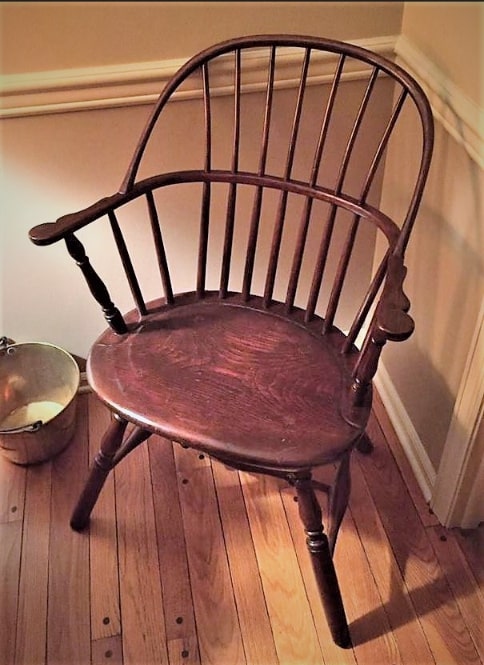
The provenance of the chair from Commodore George Little:
- To Edward Preble Little
- to daughter Almira Little (1822-1905), married Richard Peterson (1823-1893)
- to daughter Almira Little Peterson (1854-1924), married Charles Howard Colket (1859-1924), a direct descendant of Tristam Coffin
- to son Tristram Coffin Colket (1896-1986), married Gertrude Catherine “Trudy” Crawford (1900-1979)
- to their children
Explore over 330 years of newspapers and historical records in GenealogyBank. Discover your family story! Start a 7-Day Free Trial
Note on the header image: “Mayflower in Plymouth Harbor,” by William Halsall, 1882. Credit: Wikimedia Commons.
Related Articles:
- Lancaster County Quaker Abolitionists & the Underground Railroad (part 1)
- Lancaster County Quaker Abolitionists & the Underground Railroad (part 2)
- For St. Patrick’s Day: Honoring Capt. Jeremiah O’Brien
- Mayflower Descendants: Who’s Who, Part 42 (part 1)
- Mayflower Descendants: Who’s Who, Part 42 (part 2)
- Mayflower Descendants: Who’s Who, Part 42 (part 3)

I enjoy reading your articles very much. My family member is Degory Priest, who I believe is my 11th great grandfather.
Thank you Brenda! Stay tuned for many more Mayflower stories! I am sure additional reports will come out on your ancestors!